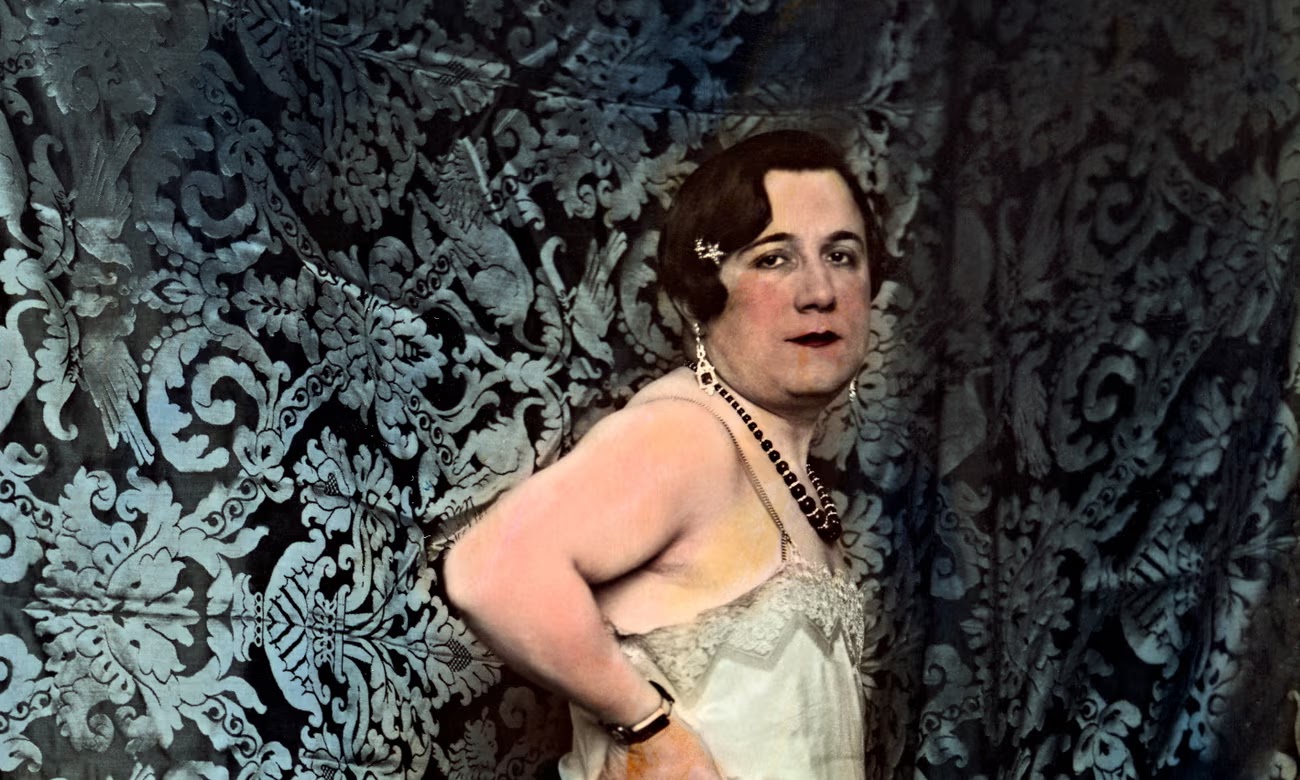Five Historic things you never thought you needed to know.#2
I really set up this blog to publish the essays / original research I was doing and wanted to share with others. So far the things I have failed to write include the Plight of the Flight P Convoy [1944]; A brief history of pineapples in Britain to 1750 and an account of the changes in Luddington between 18760 and 1890.
The 'Five Things' appeared because of rabbit holes. It became five, because ten might me too big a gap between publishing. I have set myself rules. I mustn't 'go looking', these are all things that appeared on my feed, friends found or turned up when I was looking for other things and I thought were interesting.
Farming provided the evolutionary push to make Europeans switch from darker to lighter skins. The switch to a plant based diet meant early farmers were getting enough vitamin D. Those with light skins in the sunless north of Europe got more of the vitamin, were healthier and so had more offspring - thus passing on the genes for a lighter complexion. https://www.sciencenews.org/article/new-otzi-iceman-dna-ancestry-genome?
The National Pigeon Service was set up in 1938 to breed pigeons for government service. In August 1944 it was announced the ration would be reduced, providing feed for only 20 pigeons per person.
https://en.wikipedia.org/wiki/National_Pigeon_Service
The Council of London aka Synod of Westminster should be really known as Archbishop Anselm's revenge. Anselm had not got on with William II - who had tried to bleed the church of cash - which was really a thing that should be left to the clergy. Among other things it condemned simony, sodomy and pointy shoes [see: William II] and tried to ban the selling of English slaves to Ireland - although was happy to have the church continue to own slaves.
The Álbum de Salón y Alcoba is a collection of photos of a Spanish married couple, taken secretly in the 1930s and hidden until recently. The photos show them in a variety of poses - some erotic, others not, including the husband wearing female gendered clothing. It is a remarkable example of how the hidden can appear to show new light on the past. Thanks to Ruth Feather for drawing my attention to it. https://www.theguardian.com/artanddesign/article/2024/jun/07/we-thought-it-was-erotic-postcards-madrid-museum-exhibits-1920s-couples-intimate-photos
British Latin was a language / dialect of a language [those pesky Historians can’t agree] spoken by Roman and Sub-Roman British elites. It seems to have gone extinct in the 8th century. https://en.wikipedia.org/wiki/British_Latin







Comments
Post a Comment